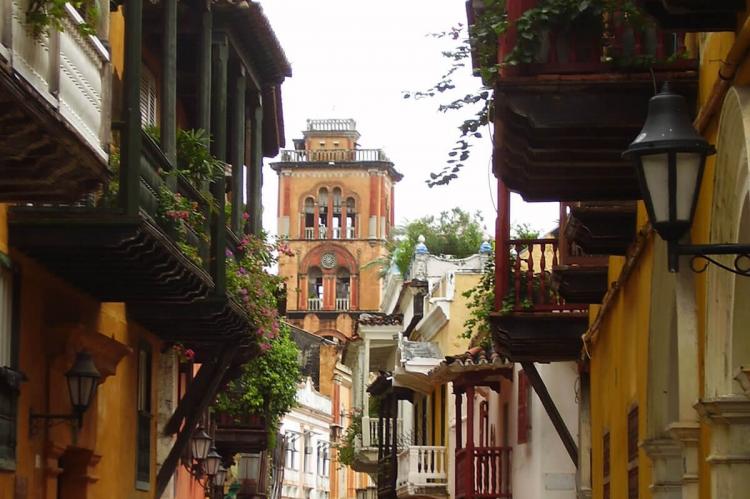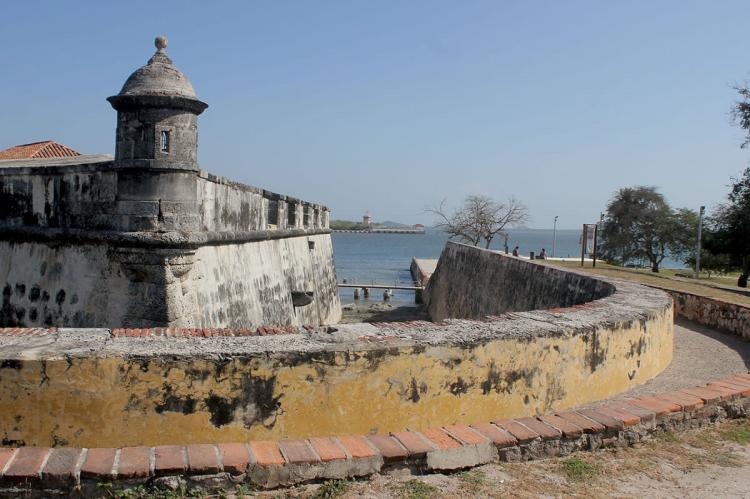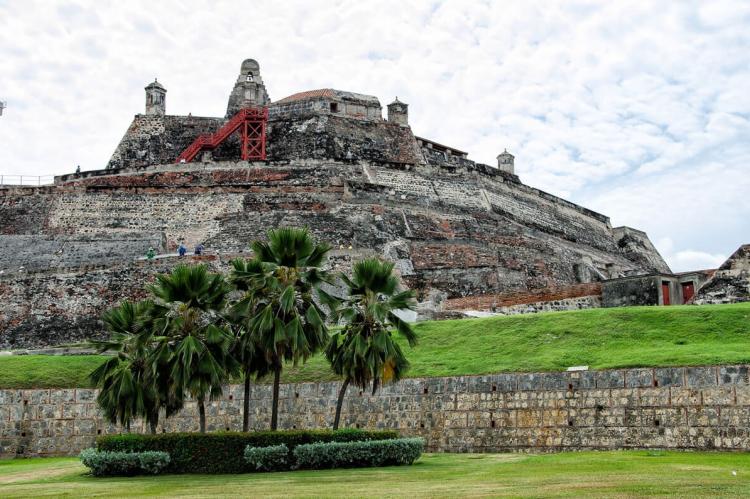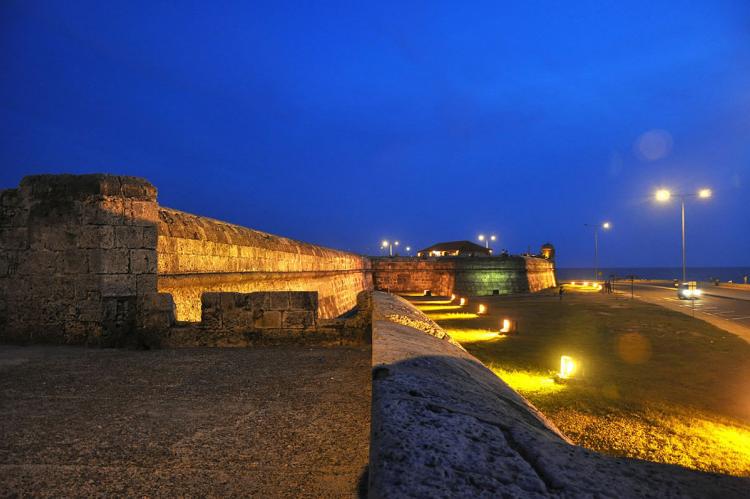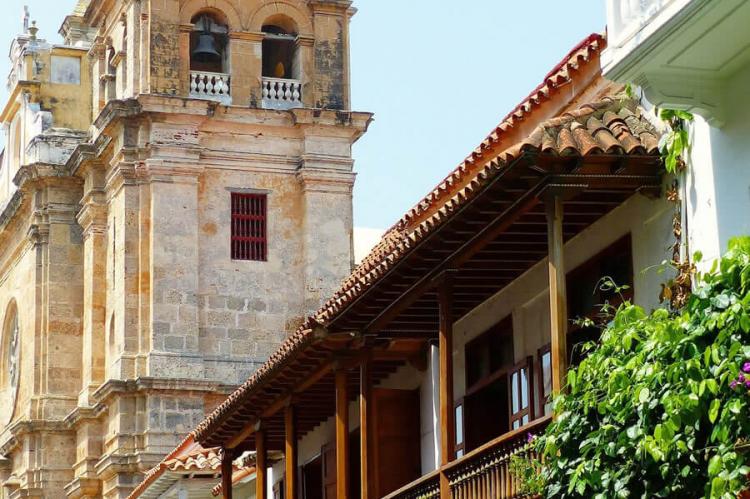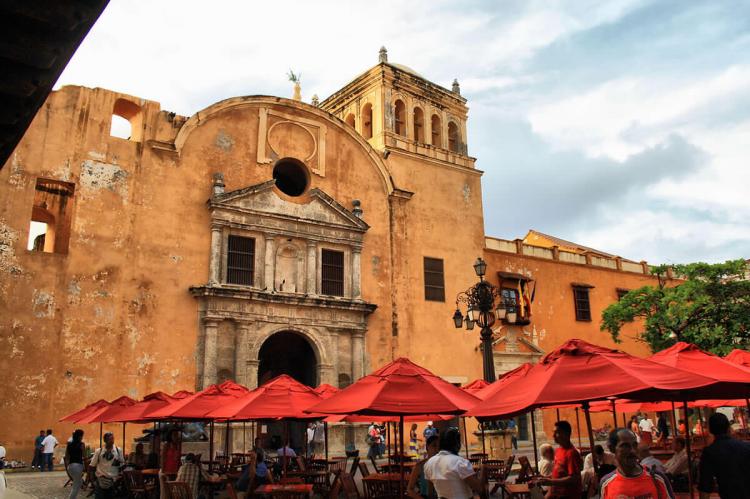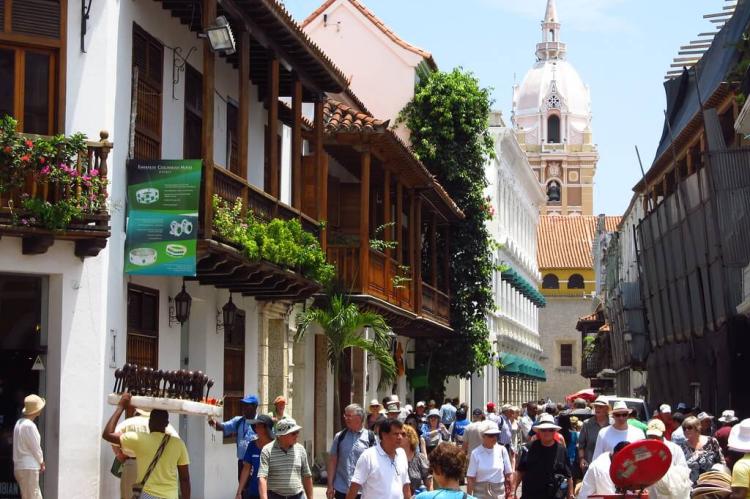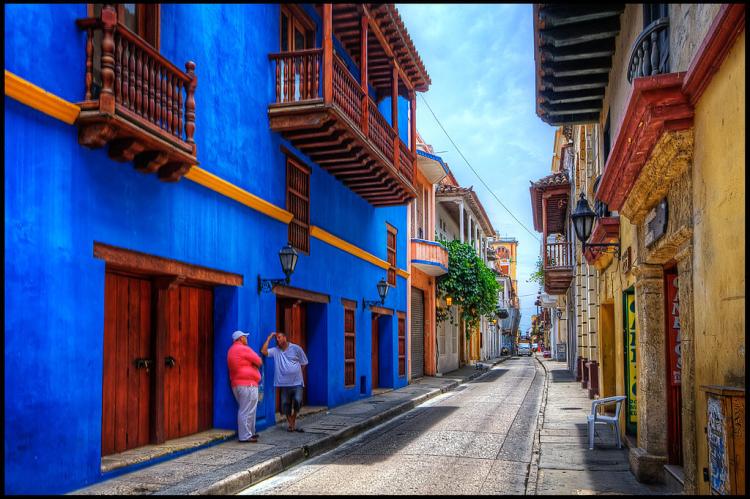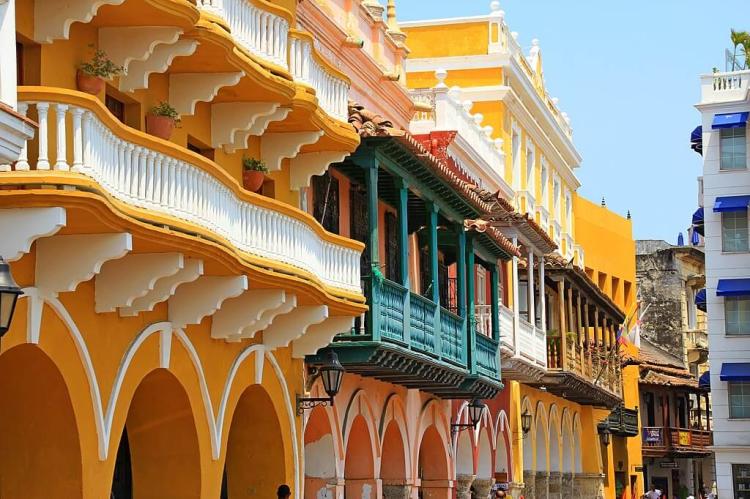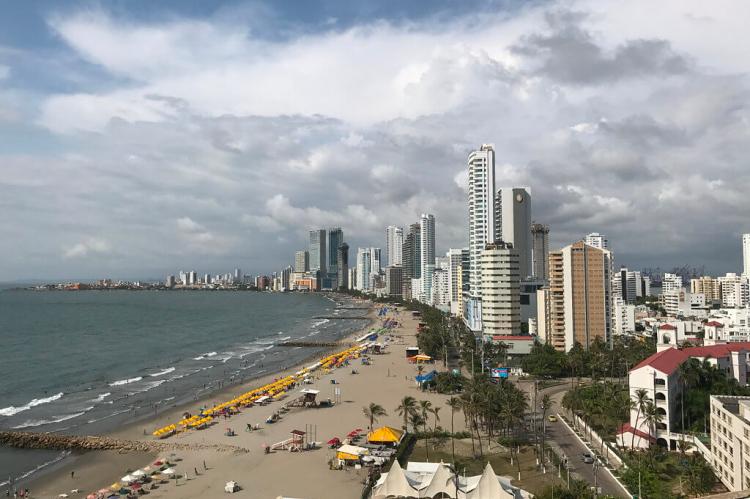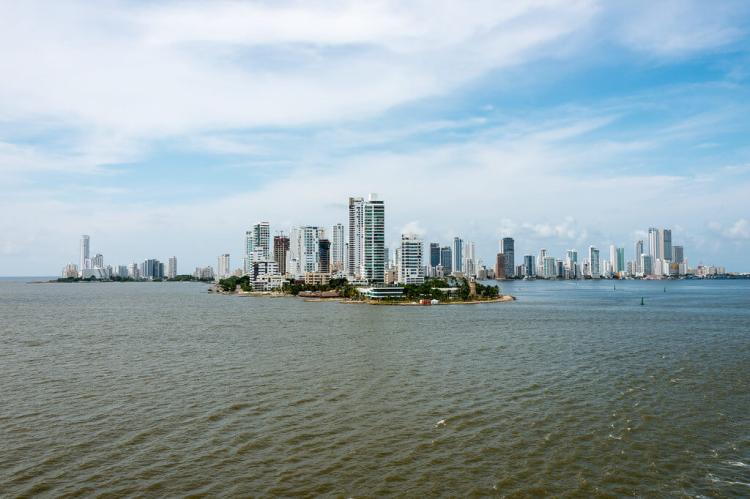Cartagena de Indias: An Exploration of Timeless Beauty and Rich Heritage
Cartagena de Indias is a captivating city on Colombia's Caribbean coast that seamlessly weaves together its rich historical past, vibrant modernity, and the allure of its historic area. Founded in the 16th century, it served as a vital port for the Spanish Empire and remains a significant economic hub for Colombia.
Cartagena de Indias
An Exploration of Timeless Beauty and Rich Heritage
Cartagena's Maritime Legacy: Nestled along Colombia's enchanting Caribbean coast, Cartagena de Indias emerges as a city that seamlessly intertwines its rich historical past with the vibrant pulse of modernity. Founded in 1533, it was a crucial port for the Spanish Empire, strategically positioned between the Magdalena and Sinú rivers. This maritime gem swiftly became the linchpin for trade between Spain and its overseas empire by the early 1540s, solidifying its significance in the Caribbean.
Colonial Echoes: During the colonial era, Cartagena played a pivotal role in the exchange of goods, serving as a critical port for exporting Peruvian silver to Spain and importing enslaved Africans. The city's strategic location and formidable defenses made it a stronghold against pirate attacks, safeguarding the precious trade routes in the Caribbean. Today, as the capital of the Bolívar Department, Cartagena stands as the second-largest city in the region, with a population exceeding 1 million and economic activities ranging from maritime and petrochemical industries to a thriving tourism sector.
Modern Marvels and Urban Renaissance
A Testament to Colombia's Vitality: Cartagena's modern cityscape is a testament to Colombia's contemporary vitality. The city has transformed remarkably into a dynamic urban hub with a burgeoning economy and a strategically important coastal location. Skyscrapers now punctuate the skyline, symbolizing the economic growth and urban development that characterize the modern face of Cartagena.
Architectural Fusion: The modern neighborhoods of Cartagena are a captivating fusion of traditional Colombian architecture and contemporary design. Sprawling residential areas, commercial districts, and recreational spaces cater to the diverse needs of the city's inhabitants. Modern amenities, international cuisine, and a thriving arts scene contribute to the city's cosmopolitan charm, making it a destination that seamlessly blends the old and the new.
Nature's Embrace and Coastal Serenity
Beyond Urban Boundaries: Cartagena's allure extends far beyond its urban boundaries, embraced by the breathtaking natural beauty of its surroundings. With its stunning beaches, the Caribbean coastline attracts locals and tourists alike. The turquoise waters and soft sands provide a perfect backdrop for leisurely walks, water sports, and relaxation under the warm Caribbean sun.
Ecotourism Opportunities: The landscapes surrounding Cartagena unfold as a captivating mosaic of biodiversity. Mangroves, tropical forests, and unique ecosystems thrive in the region, creating unparalleled opportunities for ecotourism and exploration. The nearby islands, particularly the Islas del Rosario, offer a paradise for marine enthusiasts, boasting coral reefs, diverse marine life, and a vibrant underwater world waiting to be discovered.
Immersive Journey Through Historic Cartagena
Ciudad Amurallada: A Living Legacy: At the heart of Cartagena lies its soul—the historic district known as Ciudad Amurallada. Recognized as a UNESCO World Heritage Site, this walled city stands as a masterful expression of colonial architecture, preserving the enduring legacy of Spanish colonial rule in the Americas.
Architectural Gems in Centro: The historic district unfolds into three distinct neighborhoods, each characterized by its own architectural and cultural significance:
-
Centro: This neighborhood is home to architectural gems such as the Cathedral of Cartagena, the Convent of San Pedro Claver, the Palace of the Inquisition, the Government Palace, and opulent residences of the city's affluent elite.
-
San Diego (Santo Toribio): A district where the middle class—merchants and artisans—resided, contributing to the city's bustling life.
-
Getsemaní: Once a suburban quarter inhabited by artisans and enslaved individuals who fueled much of Cartagena's economic activity, this area adds a layer of historical complexity to the city's narrative.
Historical Landmarks: The historic district functions as a living museum where the echoes of history resound through its narrow cobblestone streets. The formidable Castillo San Felipe de Barajas, a fortress that bears witness to the city's defensive history, stands tall within the protective embrace of the city walls. The lively Plaza de Santo Domingo, marked by its Botero statue and spirited atmosphere, serves as a focal point, reflecting the city's enduring cultural vitality.
Cultural Exploration: Visitors can explore Cartagena's rich history at the Museo de Oro (Gold Museum), exploring indigenous art and artifacts. Strolling along the city walls offers panoramic views of the Caribbean Sea, providing a unique perspective on the city's historical significance. The iconic city gates, especially the Puerta del Reloj, serve as portals, inviting modern-day explorers to step back in time and immerse themselves in the richness of Cartagena's colonial heritage.
Conclusion
Cartagena de Indias is a beautiful and historic city that offers a comprehensive journey through time and beauty. Its maritime legacy, modern marvels, and immersive historic district allow visitors to become part of its vibrant heritage, which seamlessly weaves together centuries of history, cultural richness, and natural splendor. Exploring Cartagena de Indias offers a unique and unforgettable experience that blends tradition and modernity.
